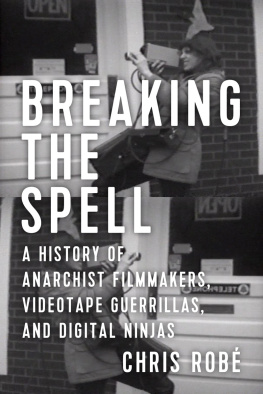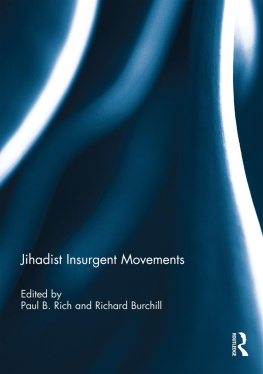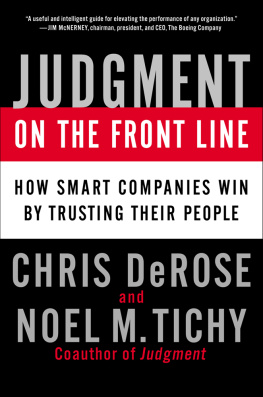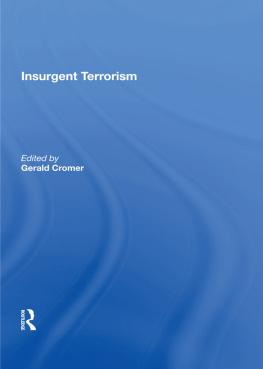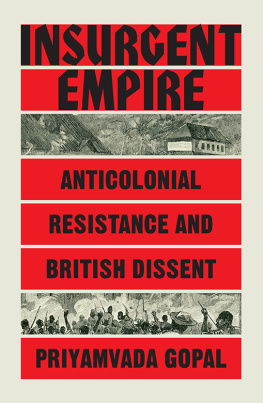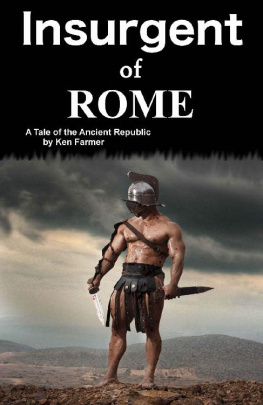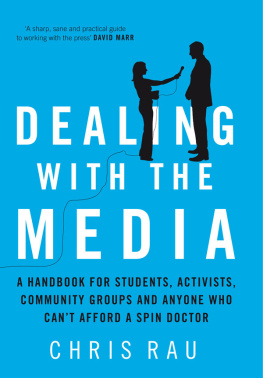This book is a publication of
Indiana University Press
Office of Scholarly Publishing
Herman B Wells Library 350
1320 East 10th Street
Bloomington, Indiana 47405 USA
iupress.org
2020 by Indiana University Press.
All rights reserved
No part of this book may be reproduced or utilized in any form or by any means, electronic or mechanical, including photocopying and recording, or by any information storage and retrieval system, without permission in writing from the publisher. The paper used in this publication meets the minimum requirements of the American National Standard for Information SciencesPermanence of Paper for Printed Library Materials, ANSI Z39.48-1992.
Manufactured in the United States of America
Cataloging information is available from the Library of Congress.
ISBN 978-0-253-05138-7 (hardback)
ISBN 978-0-253-05139-4 (paperback)
ISBN 978-0-253-05140-0 (ebook)
12345252423222120
A LERTNESS TO WHERE WE HAVE COME FROM, IN media activism as in all political engagement, is essential to gauging how best we should direct our energies in the present. Hopefully these personal reflections, requested by the editors, will help. For these reflections, I have drawn on my fifty-plus years of experience of the various media that have emerged in social movements, have helped to generate movement activism in the first place, and, when movements have ebbed, have generated space for urgently needed debate and reflection. I have also drawn on my experience of dissident sparks that have flashed here and there in mainstream media and, not to be forgotten, dissonant angles of vision emerging inoften despiteK12 education. Readers are invited to consider throughout the contrasts and/or resonances with their own shaping as regards media activism. My experience is based on the years from 1956 to 1980 in England, mostly London, and from 1980 to the time of this writing in various US locations. This binational exposure has been expanded at various points in time by studying activist media in Italy, Germany, Portugal, late Soviet-era Russia, and Poland in some depth.
These were, to be sure, only some of the global locations where insurgent filmmakers, later joined by video makers, did their work. Italian, French, Indian, Brazilian, Argentinean, Chilean, Cuban, and Senegalese neorealist and documentary cinemas of the 1960s, often drawing on early Soviet cinema innovations, made major contributions. Britains northern social realist films are discussed below. Indias parallel cinema began in the 1950s. FEPACI (the Fdration Panafricaine des Cinastes) began in 1970 in Dakar. Notable international filmmakers conferences in Algiers (1973) and Buenos Aires (1974) pushed the envelope still further. Around this time, too, activists seized upon the lightweightat least compared to a 35 mm film camera!camcorder. Boyle (1997) offers many examples of those early video days from the United States..
In what follows, activist media communication is addressed wherever it occurs. That is to say, no either-or, mainstream-or-activist media scenario is in view. Some instances are taken from mainstream sources. The media spheres domination by capital and the state is heavy but porous to a degree. Furthermore, the instances selected below from my earlier biography are meant to illustrate how media activism is never a purely intellectual operation, a rational fact-counterfact juxtaposition. Media activists at their best engage with the imagination, with feeling, with pent-up frustration with the status quo, with humor, with sarcasm, with the absurd, with the utopian, with evocative personal histories, and with the iron processes of state violence and capitals maneuvers.
Another crucial dimension highlighted by my own development is how a variety of activist media may build layers of political awareness over time, rather than in some kind of blinding flash. Especially in the ultra-high-speed world of Twitter, Facebook, YouTube, and Instagram, instantaneous mobilizations have caught the public imagination during their era of novelty. Yet digital connective media can equally be used to feed the maturation of political insight, to aid the necessarily long, drawn-out processes. of debating together toward building a social movement and of learning from reflecting collectively on ongoing activism. The long haul, the long revolution, is no flash mob. Think of how long womens suffrage had to be battled for or how long before slavery was banished from the Americas.
What Shaped Me and My Generation in the UK PostWorld War II?
I was the last child of a colonial irrigation engineer and a clergymans daughter, brought up in wartime and postwar northern England, and I spent a couple of years in Punjab and Kashmir. There was a sharp difference between austerity with grayness (England) and sun with house servants (India). My parents took their Christianity seriously, though, inviting Indians of all faiths to their dinner tablenot the norm. Not the servants, though. They did, however, instantly insist I apologize when once I insulted the head servant. That stayed with me. Alertness to gender issues, beyond what might be called everyday fairness, had to wait till I read Sheila Rowbotham, Kate Millett, and Shulamith Firestone, in the early 1970s, and the British Sociological Associations 1974 annual conference focusing on sexual divisions, organized by Sheila Allen and Diana Leonard Barker.
Regarding my generations shaping in Britain: it is impossible to understand the multifaceted eruptions of the mid-1960s unless we link together the organized labor movements size and militancy with the increasing irritation among the teenage baby boomers at conventional taboos, dress, restraints, austerity, snobbery, and elite hypocrisy. Furthermore, the Red Scare, Hooverism, and McCarthyism were rather faintly echoed in British public life, the Cold War conflict lines being far less sharply drawn than in France or the United States.
Sited very loosely midway between Moscow and Washington, DC, Britain, in common with other European nations, stood certain to be incinerated if a nuclear holocaust erupted. War logic required the other sides missiles to be put out of action instantly, and many US missiles were stationed in the UK. This led to a certain, shall we say, coolness among the British public toward both superpowers, and incredulous amusement at the duck-and-cover civil defense strategy promulgated in K12 schools, if people heard about it.
This did not stop public admiration for many features of American life or simultaneous resentment among quite a few at the United States shift into superpower status, permanently squashing Britains imperial top-dog vanities. For a younger generation, though, procolonial flag waving was often seen as the laughable hobby of stuffy old farts.
Back to the austerity question for a moment, though. Nineteen fifty-four marked forty straight years of sacrifice, austerity, anxiety, and loss since the beginning of World War I (1914, not 1917), followed by the Depression in the 1930s, the Second World War (six years for the UK, with sustained bombing), and an economy ravaged by industrial-area bombing. Then peace meant that the purpose of austerity and sacrifice vanished, with only necessity left. The abrupt demand for US Lend-Lease repayment in August 1945 shook the UK economy at its weakest point. It meant that rationing of food and other staples continued for nine years after the wars end, finally finishing in 1954.




